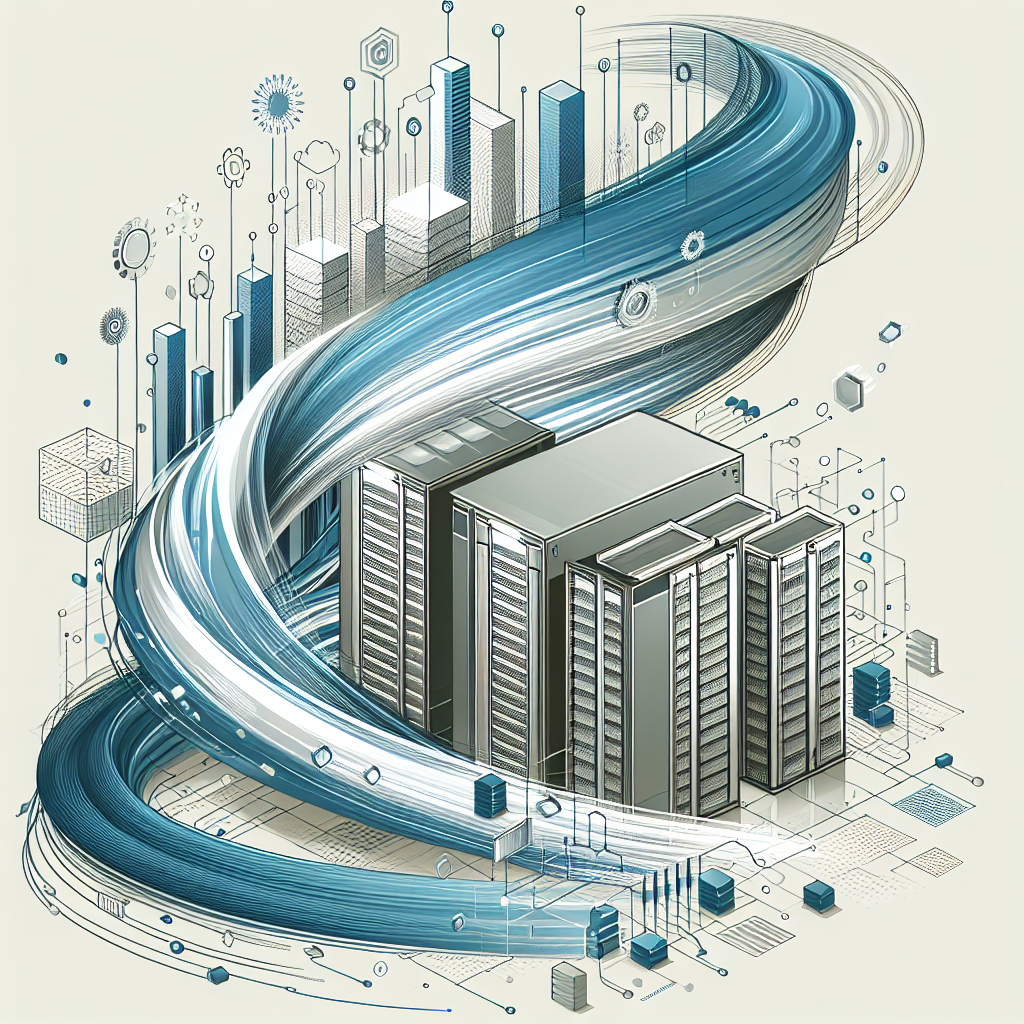Your cart is currently empty!
Implementing Energy-Efficient Cooling Systems in Data Centers

Data centers are essential facilities that store and process vast amounts of information for businesses and organizations. These centers are known for their high energy consumption, with cooling systems being a major contributor to their energy usage. Implementing energy-efficient cooling systems in data centers is crucial for reducing energy costs, minimizing environmental impact, and improving overall operational efficiency.
One of the most common cooling systems used in data centers is the traditional Computer Room Air Conditioning (CRAC) unit. While effective at maintaining optimal temperatures for equipment, these systems can be energy-intensive and costly to operate. To address these issues, data center operators are turning to more energy-efficient cooling solutions such as economizers, air-side economizers, and liquid cooling systems.
Economizers are a popular choice for data centers looking to reduce energy consumption. These systems use outside air to cool the facility when temperatures are favorable, instead of relying solely on mechanical cooling. By utilizing free cooling from the environment, data centers can significantly reduce their energy usage and operating costs.
Air-side economizers work in a similar way by bringing in cool outside air to lower temperatures within the data center. These systems can be particularly effective in regions with cooler climates or during periods of the year when ambient temperatures are lower. By reducing the need for mechanical cooling, air-side economizers can help data centers achieve substantial energy savings.
Liquid cooling systems are another energy-efficient option for data centers. These systems use water or other liquids to remove heat from IT equipment, providing more efficient cooling compared to traditional air-based systems. Liquid cooling can be especially beneficial for high-density server environments where heat generation is a major concern. By implementing liquid cooling, data centers can achieve better temperature control and energy efficiency.
In addition to upgrading cooling systems, data center operators can also optimize airflow management to improve cooling efficiency. By implementing hot aisle/cold aisle containment systems, sealing gaps in raised floors, and utilizing blanking panels, data centers can ensure that cool air is delivered efficiently to IT equipment and hot air is expelled effectively.
Overall, implementing energy-efficient cooling systems in data centers is essential for reducing energy consumption, lowering operating costs, and minimizing environmental impact. By investing in advanced cooling technologies and optimizing airflow management, data center operators can achieve significant energy savings and improve the overall sustainability of their facilities. As the demand for data storage and processing continues to grow, it is crucial for data centers to prioritize energy efficiency and sustainability in their operations.

Leave a Reply